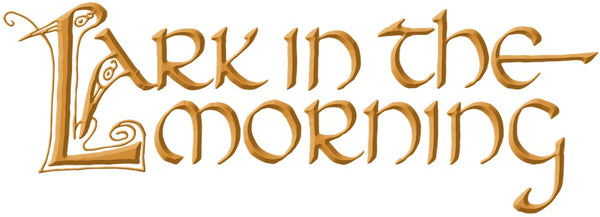The Cuban tres is a percussive stringed instrument. The name tres translates to three, which refers to the 3 courses of doubled strings. Traditionally, these instruments have a pear-shaped body, but they exist in a variety of shapes and sizes, and often closely resemble a guitar. The tres was an instrument of the guajiros, Cuban rural farmers such as Isaac Oviedo.
Isaac Oviedo (1902-1991) was one such farmer. He started to learn the tres guitar at age 11, while living on a farm in the countryside with his mother. One night, he was asked to play a dance with a group of local musicians, and his mother reluctantly consented on the condition that he be back in time for his morning duties on the farm. He was back by 4am with payment in hand and his mother began see the value of his musical obsession! In 1933, Oviedo traveled to Puerto Rico and introduced the Cuban tres for the first time, helping to further popularize the instrument (Click here to watch a video interview with Isaac Oviedo).
There are a number of popular tunings for these three courses. In Open C Tres Hembra tuning, the strings are tuned g-G—c-c—e-e with the two Gs an octave apart, while the other two courses are tuned in unison. A more traditional Open C Tres Macho tuning is g-G—c-c—E-e and is less popular among musicians who favor jazz chords). Last but not least, Open D Havana tuning, with A-a—d-d—f#-F# for a brighter tone at a slightly higher tension (Find out more about tunings in this video on this page).
The first reference to the tres comes from the carnival of Santiago de Cuba in 1892. This Afro-Cuban chordophone likely originated in the eastern Sierra Maestra Mountains (the Oriente Province) in the mid to late 18th century. This makes it a relatively modern evolution of the Spanish guitar, with inspiration drawn from the wire-strung laúd, bandola, and bandurria as well.
Older Afro-Cuban traditional music such as changüí gave way to the newer son cubano or "Cuban sound" when the Creole class popularized son as a song and dance genre. The Cuban tres had the advantage over a guitar for volume, with the help of its high-tension wire strings, paired either in unisons or octaves (more on this here). While guitar, tiple, and bandola traditionally played rhythm and lead in son ensembles, the tres cubano could fill the role of all three at once.
Cuban son is made up of a percussive plucked string instrument that alternates between melodic lead and montuno rhythm (a four-bar ostinato passage). A traditional son ensemble consists of six or seven musicians, including: tres, guitar(s), bongos, maracas, claves, trumpet(s), with a mar'mbola or botija or bass fiddle on the bass line (more information and photographs here).
The Cuban tres is a rhythm instrument with melodic lines, played with pick/plectrum, or sometimes plucked with the fingers. It can provide a melodic, harmonic, and rhythmic bridge between other instruments in an ensemble. Quite often, the tres will trade off melodic improvisations with the rhythmic strumming of either a guitar or another tres (more on this here). Because of this, it is much in demand for dance bands.
Today, the tres Cubano has made its way into a number of musical settings and ensembles, though it is very much rooted in son Cubano... Check out some of these wonderful performances and tutorials, and peruse our online collection of Latin Guitars here.
Videos featuring the Cuban Tres:
- Reyes 'Chito' Latamblet, "Tres Cubano El Changüi"
- Papi Oviedo, "Rare Video 1"
- Francisco "Pancho" Amat & Cabildo del Son
- Juan de Marcos González & Afro-Cuban All Stars
- Buena Vista Social Club, Tiny Desk Cast Concert
Educational Resources:
- Michael McClintock teaches "How to play Cuban Tres"
- Guillermo Pompa Montero teaches "CLASE Nº1 de Tres Cubano"
Click to read more about the Cuban tres as well as the cuatro in an older article by David Brown on our website here

